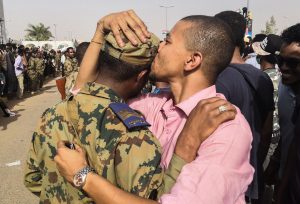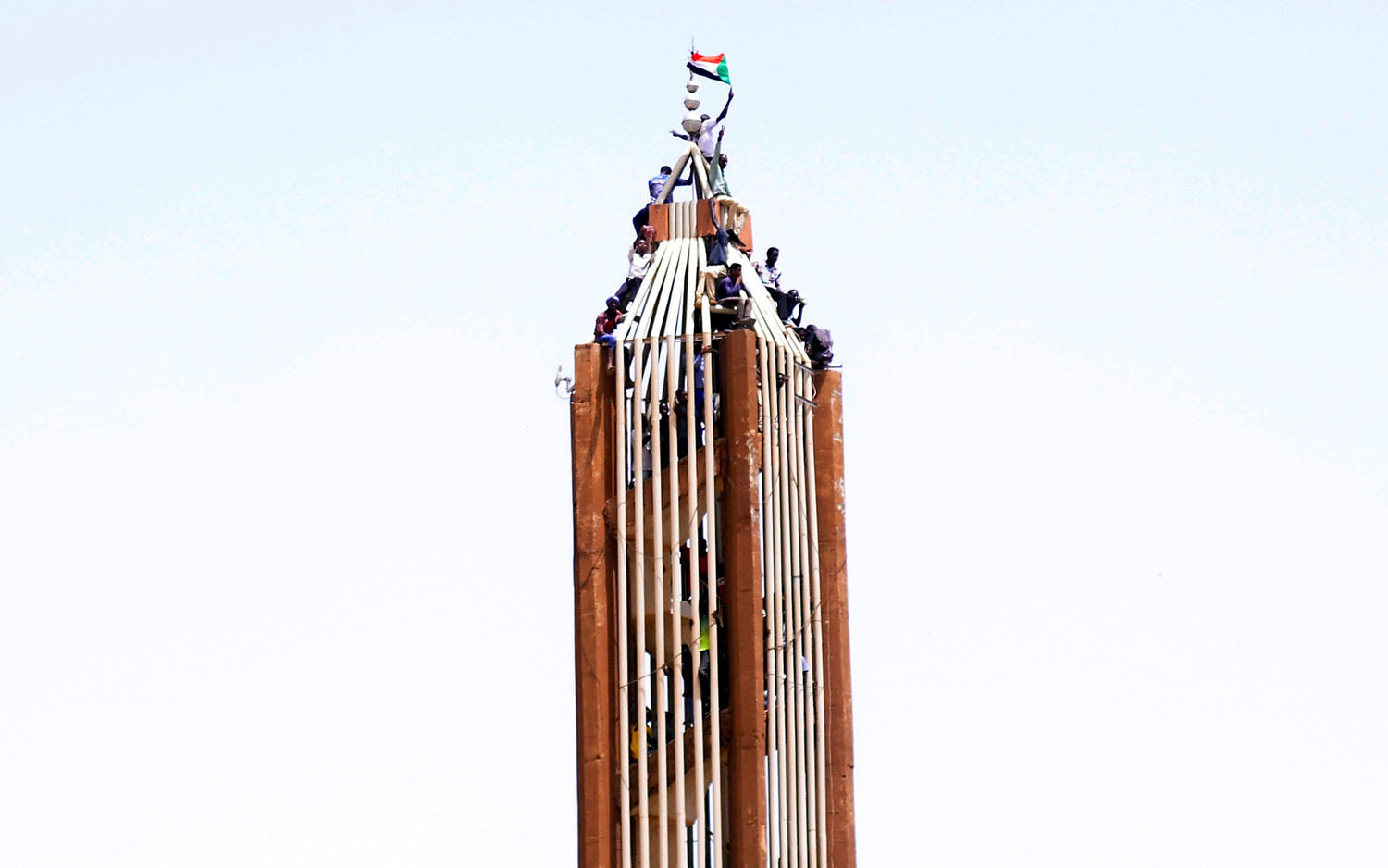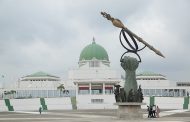
Meaning ‘Leave o, Bashir…’, another way of saying ‘Time up’ in Arabic, this was the popular shopping list taken to the military headquarters initially

The victory sign as enacted by Alaa Salah aka the ‘Nubian Queen’, who provided a gender face of the revolt, thanks to social media too
The Sudanese military, it seems, came to a cost benefit analysis that it is not justifiable killing many people for the sake of keeping Omar al-Bashir in power, someone who has been there for 30 years during which the country had to split. There seems too to have been a convergence of interest between the military and the people in these pictures taken from The Atlantic. Whether the new style putschism is entirely an initiative of the Sudanese military without any outside influence or instigation is a different question but, for now, the al-Bashir era in Sudan is over. It will continue to be a puzzle why sit tight leaders are only successfully edged out after so much pain and death for the rest of the society.

A protester and a soldier in a hot embrace but how long would this last?
But, even more interesting is how they are, almost without exception, eased out by the military. Might Africa then be entering another phase of riding the tiger, but, this time, in style, from Egypt to Zimbabwe to Algeria to Sudan? And who knows where next? There are still many sit-tight leaders in Africa: Paul Biya in Cameroon; Idris Derby in Chad; Yoweri Museveni in Uganda, to name a few immediately.
In all of these, it can never be too much asking Nigerian’s Professor Eghosa Osaghae’s question about the persistence of conflict in Africa: is it conflict management failure or a case of an endemic catastrophe? How can an entire continent, East, West, North and South, remain permanently embroiled?




























